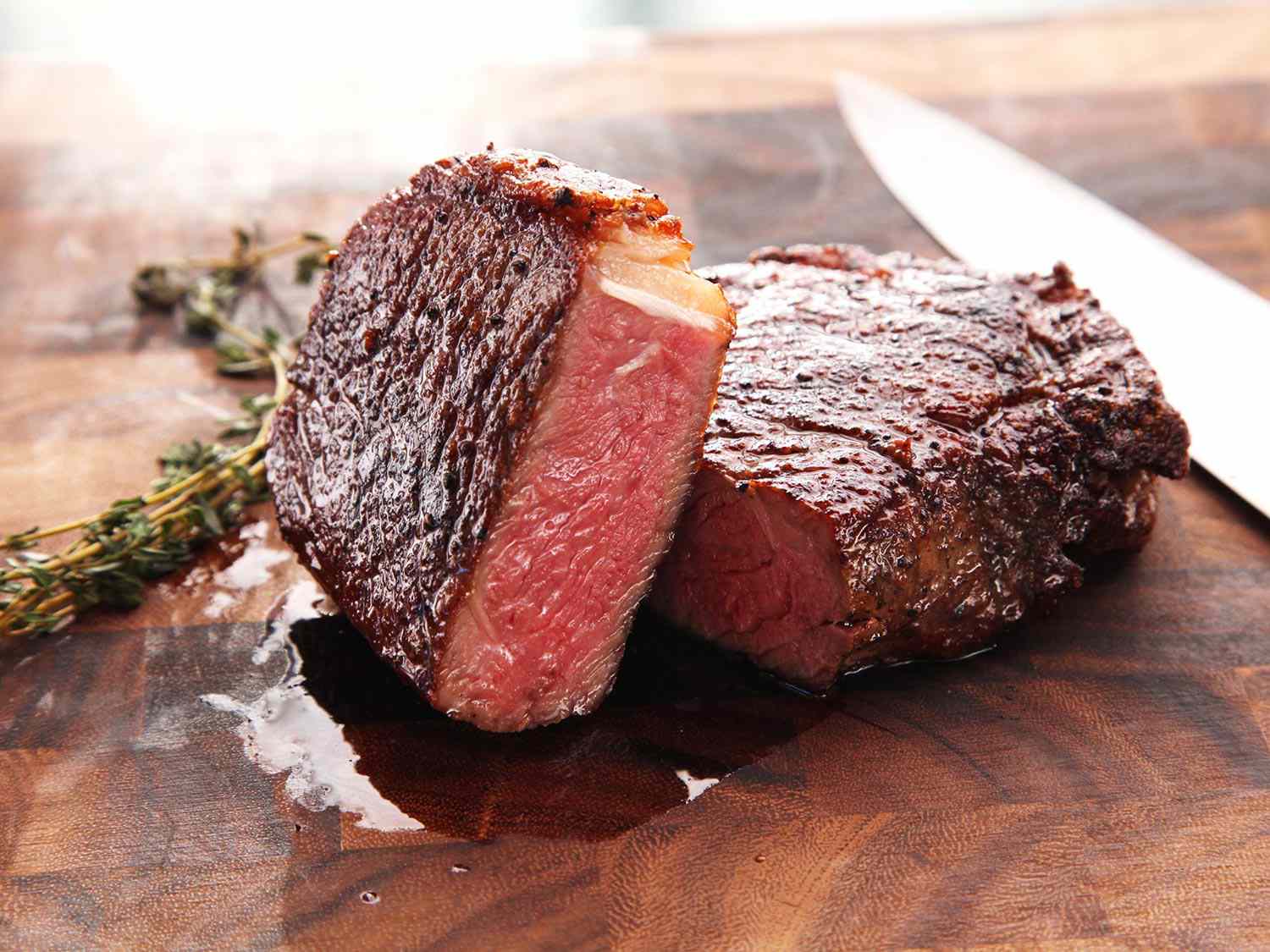Why YSK: When you cook meat, any water on the surface must first evaporate before much browning can occur. You want to get as much of a Maillard reaction as possible in the limited cooking time you have before the meat reaches the correct internal temperature. Removing the moisture first means that the heat of the cooking surface isn’t wasted on evaporation and can instead interact with the meat to form the complex sugars and proteins of the Maillard reaction.



Letting it reach room temp contributes little to nothing, in comparison with patting it dry, because of a few details:
So if you don’t wait until your beef reaches room temperature before cooking it, you’re losing, like, 20cal per gram of beef to unnecessarily raise its temperature. However if you don’t pat your beef dry, each gram of water soaking there will be stealing 75cal to rise its own temperature to 100°C, plus 540cal to steam off. And since browning is a surface reaction and the offending water is mostly on the outside the difference is fairly big, as you aren’t comparing the whole chunk of beef with the outside water - you’re only comparing the surface beef with the water.
(I hope that this is clear, I’m damn convoluted to explain stuff.)